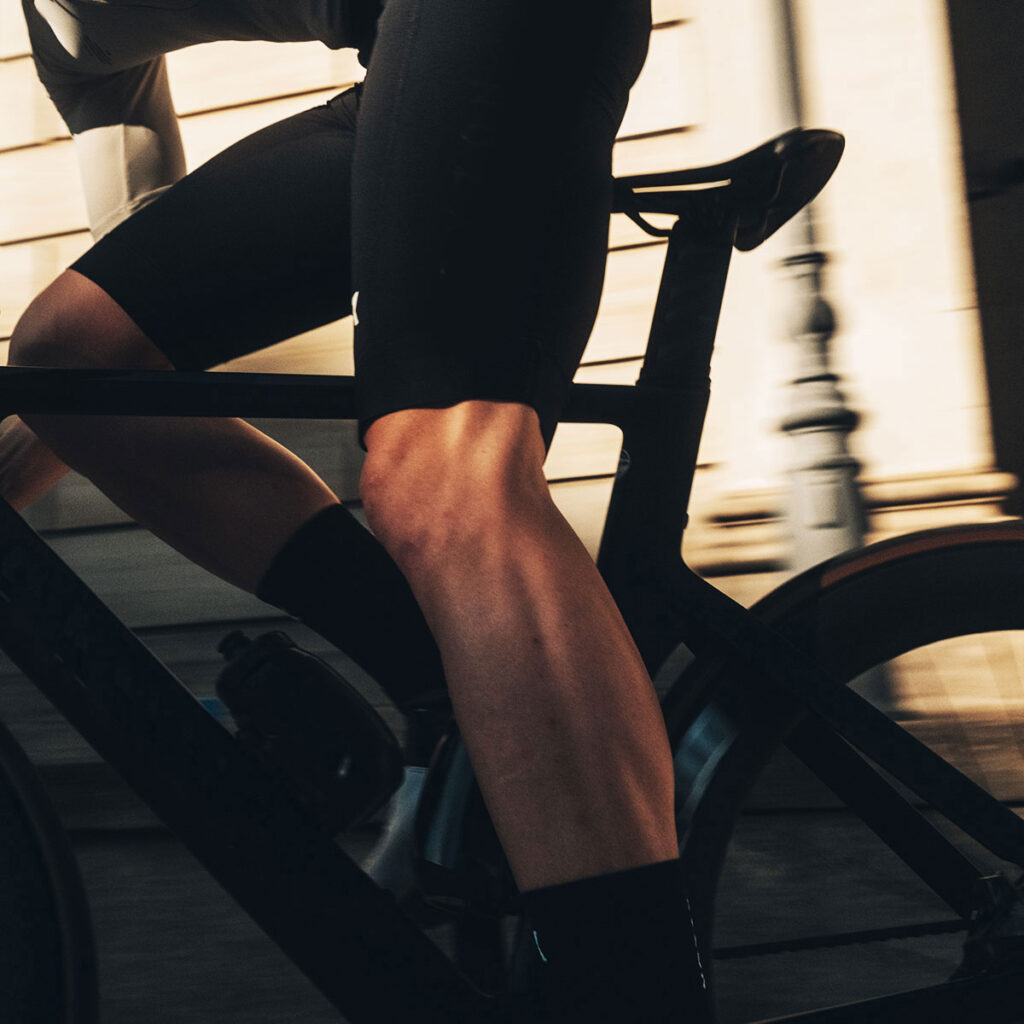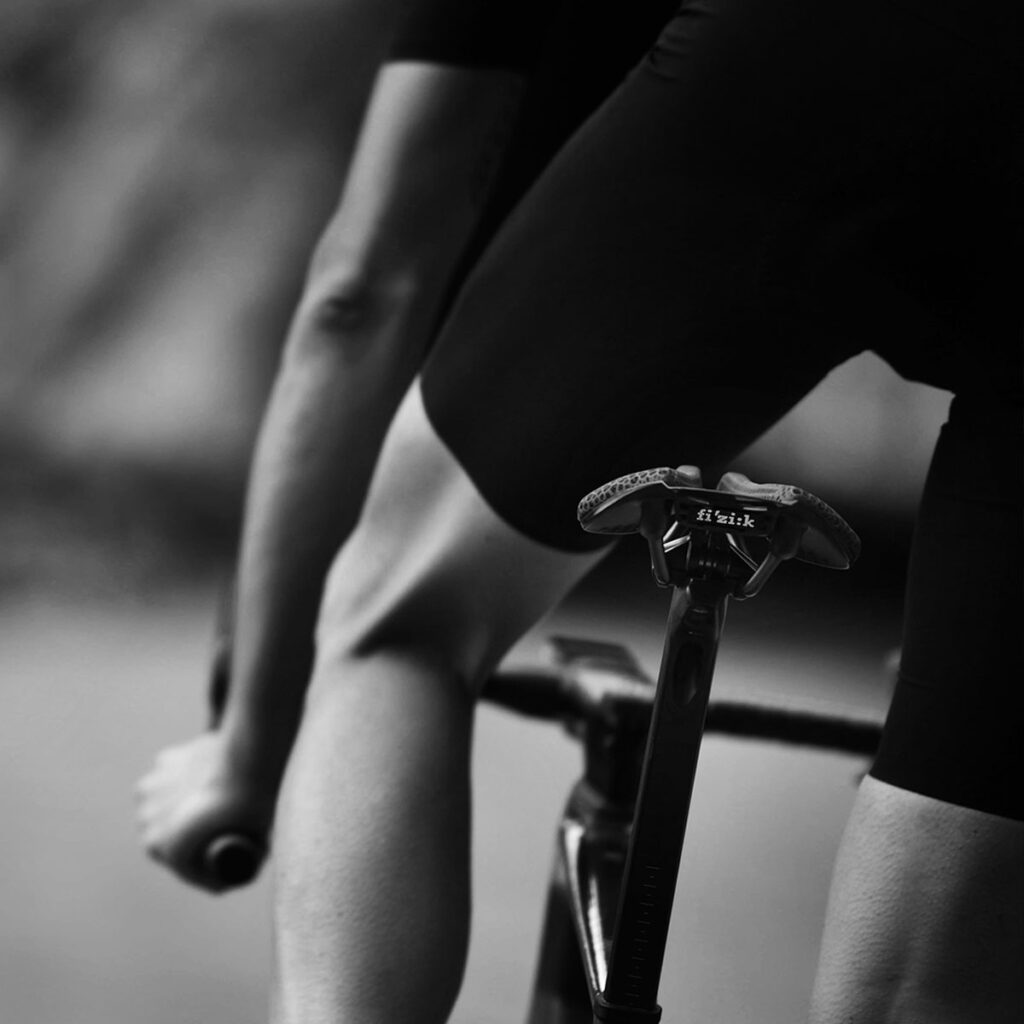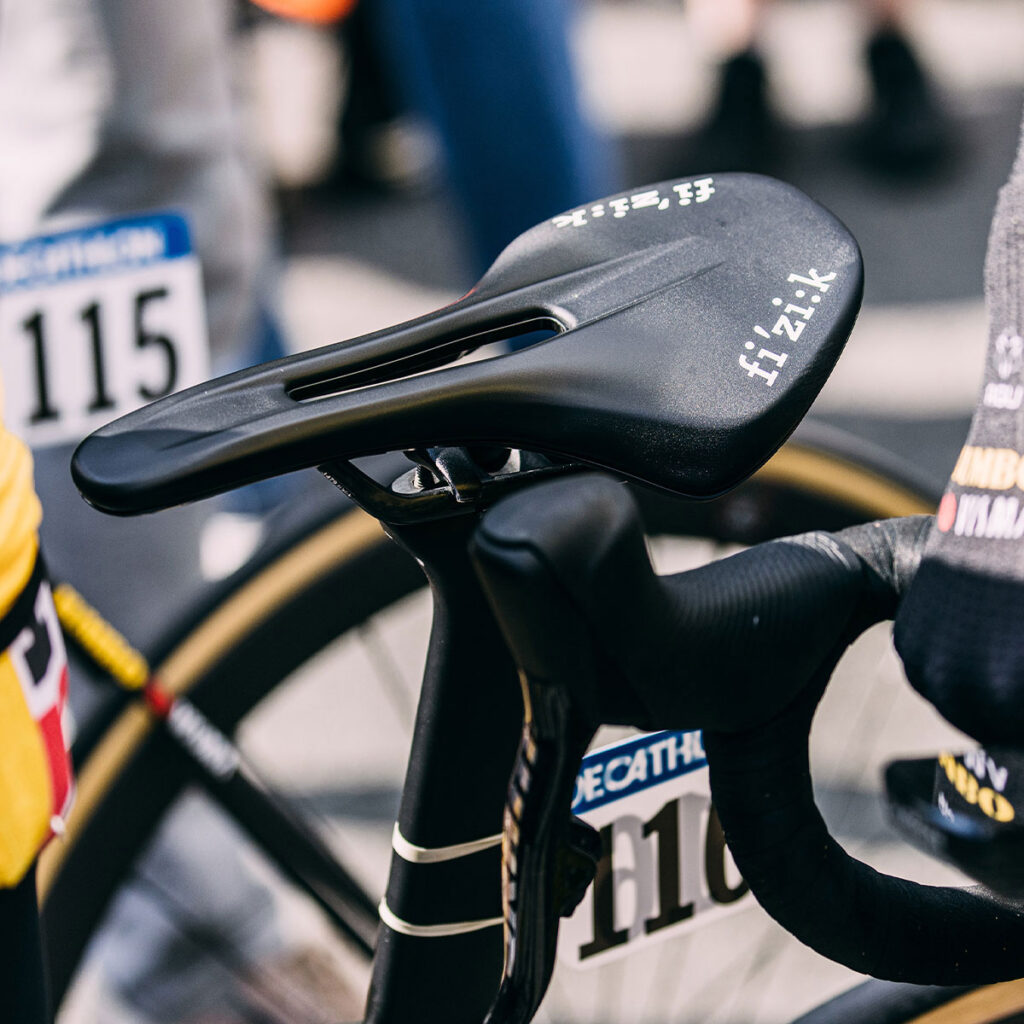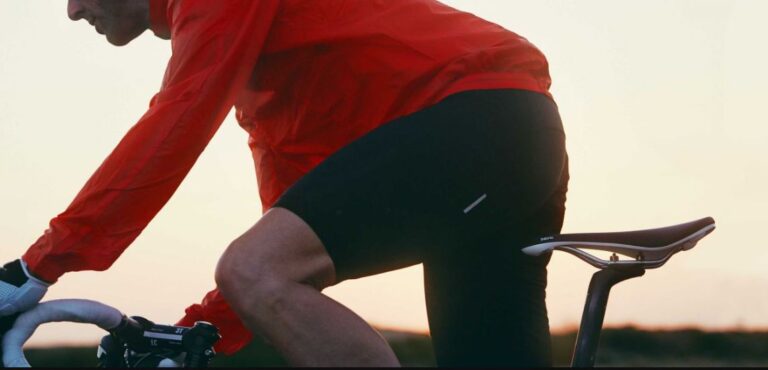Addressing Numbness and Pain with Road Bike Saddles: A Guide

Key Point Summary of Addressing Numbness and Pain with Road Bike Saddles:
- Saddle Selection is Crucial: Choosing a saddle that fits your anatomy and riding style is key to preventing numbness and pain.
- Consider Saddle Features: Features like cut-outs or relief channels can significantly reduce pressure and enhance comfort.
- Proper Bike Fit: Ensuring your bike is properly fitted to your dimensions can alleviate unnecessary pressure points.
- Quality Padding and Material: The right amount of padding and saddle material can make a difference in comfort levels.
Riding through the vast and varied landscapes on a road bike offers a sense of freedom and accomplishment like few other sports can. However, this exhilarating experience can sometimes be marred by discomfort, numbness, and pain, particularly from an ill-fitting road bike saddle. As a seasoned cyclist who has ventured across countless trails and roads, navigating the rigors of mountain biking, the unpredictability of gravel, and the intensity of cyclocross, I’ve encountered my fair share of saddle-related challenges. Drawing from this extensive background, I aim to guide beginner to mid-level cyclists on how to address numbness and pain with the right road bike saddle choice.
Understanding the Root of the Problem
Numbness and pain while cycling are often the result of prolonged pressure on the soft tissues and nerves in the pelvic area. This can be exacerbated by a saddle that doesn’t suit your body shape, an incorrect bike fit, or a riding position that puts too much strain on certain areas. The key to relief is identifying the right saddle and ensuring your bike setup complements your physique and riding style.

The Right Saddle Makes All the Difference
The ideal road bike saddle should support your sit bones (ischial tuberosities) without putting undue pressure on the soft tissue between them. Saddles come in various widths, and shapes, and with different features designed to relieve pressure. Here are a few considerations:
- Width: Your saddle width should match the width of your sit bones. Bike shops often have tools to measure this and recommend a saddle size.
- Shape: Some riders prefer a flat saddle, while others find a slightly curved shape more comfortable. This largely depends on your flexibility and riding position.
- Cut-outs and Relief Channels: Saddles with cut-outs or relief channels can reduce pressure on sensitive areas, helping to prevent numbness and enhance blood flow.
- Padding: While too much padding can increase pressure in the wrong areas, a moderate amount of high-quality padding can provide comfort on long rides.
Bike Fit Is Fundamental
A properly fitted bike can prevent numerous issues, including saddle discomfort. Your saddle height, fore/aft position, and tilt all play crucial roles in how pressure is distributed. An expert bike fit can adjust these parameters to ensure a more comfortable ride.

Material and Construction Matter
The materials used in a saddle’s construction, from the shell to the cover, impact its flexibility, weight, and overall comfort. While leather saddles conform to your shape over time, modern synthetic materials can provide immediate comfort and relief without a lengthy break-in period.
Additional Tips for Comfort
- Padded Shorts: Quality cycling shorts with a good chamois can complement your saddle choice, offering additional cushioning and reducing friction.
- Regular Breaks: On long rides, standing up out of the saddle periodically can help relieve pressure and improve blood flow.
- Position Adjustments: Slight changes in your riding position over time can also help distribute pressure more evenly across different parts of the saddle.
Addressing Numbness and Pain with Road Bike Saddles: Final Thoughts
Dealing with numbness and pain on a road bike can detract from the joy of cycling, but it doesn’t have to be an inevitable part of the sport. By selecting the right saddle, ensuring a proper bike fit, and paying attention to materials and padding, you can greatly enhance your riding comfort. Remember, the best saddle is one that you don’t notice on your rides, allowing you to focus on the beauty of the journey rather than discomfort. Whether you’re a seasoned road warrior or new to the cycling world, taking the time to address these factors can lead to a more enjoyable and pain-free cycling experience.

For minimizing numbness during long rides, the Specialized Power Saddle with Mimic technology stands out as one of the best road bike saddles on the market. Specialized has invested significantly in research and development to address common issues cyclists face, including numbness and discomfort during extended periods of riding.
Why the Specialized Power Saddle with Mimic Technology?
- Mimic Technology: This is Specialized’s solution to reduce pressure and numbness by mimicking the body’s response to different types of pressure and creating equilibrium within soft tissues.
- Wide Range of Sizes: The saddle comes in several widths, allowing riders to choose a size that best fits their anatomy for optimal support and minimal pressure on sensitive areas.
- Innovative Design: The shortened design and large central cutout of the Power Saddle are intended to provide targeted support to the sit bones while relieving pressure on soft tissue areas.
- Versatility: Though designed with women in mind, many men have found the Power Saddle with Mimic to be exceptionally comfortable, making it a great choice for any rider looking to eliminate numbness on long rides.

FAQ
Do saddles help with numbness?
Yes, the right saddle designed with proper support and pressure relief features can significantly help reduce or prevent numbness.
Why does my bike saddle make me numb?
Numbness can occur if your saddle is too narrow or too wide, lacks proper support, or puts too much pressure on your soft tissues, restricting blood flow.
What is the best bike saddle to stop numbness?
The Specialized Power Saddle with Mimic technology is highly regarded for its ability to reduce numbness by providing targeted support and pressure relief.
Can bike saddle cause numbness in feet?
Yes, an improperly fitted saddle can lead to poor riding posture or excessive pressure on the perineal area, potentially affecting nerve function and causing numbness in the feet due to impaired blood flow or nerve compression.





